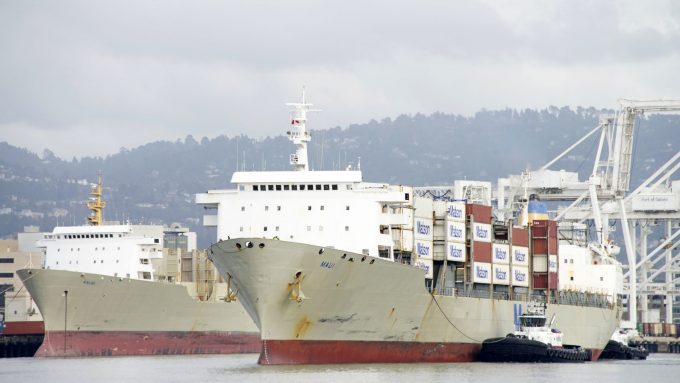Over-inflated retail inventories could contribute to deflating freight markets
Freight markets are expected to soften – not least because of high inventory levels. According to ...

Ocean carriers are ramping-up their vessel blanking programmes from Asia as export demand weakens, but last-minute cancellations are causing chaos in supply chains and confusion within liner offices.
Moreover, shippers are having to navigate their way around ‘officially’ announced blank sailings and voyages pulled just days before arrival in China and held off the loading port, in what carriers term as ‘slidings’.
A UK-based NVOCC told The Loadstar liner sailings from China had become “pot luck” and accused carriers of running “tramp services” ...
Maersk Air Cargo sees volumes fall as it aims for 'margin in favour of revenue'
Keep our news independent, by supporting The Loadstar
Container spot rates diverge: to Europe still falling, but firmer to the US
Hapag-Lloyd won't take bookings if port congestion leaves cargo stranded
Ecommerce likely the front-runner in resurge of transpacific trade after deal
Volume surge and an early peak season? 'Don't celebrate too soon,' warning
China-US trade tariff pause could drive a rebound for transpacific rates
Airfreight players eye new routes as demand on the transpacific nosedives
Service chaos from trade ban with India a problem for Pakistan shippers
Airfreight rates ex-China 'loss-making', but hopes of a trade deal stay high
Indian coastal freight attracts major carriers, but regional tension disrupts
Serious threat to jobs in US logistics as tariffs cause economic 'stagflation'


Comment on this article